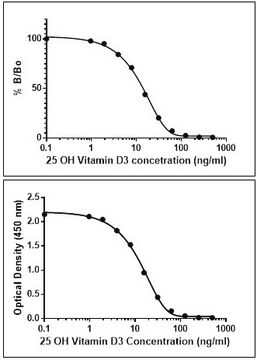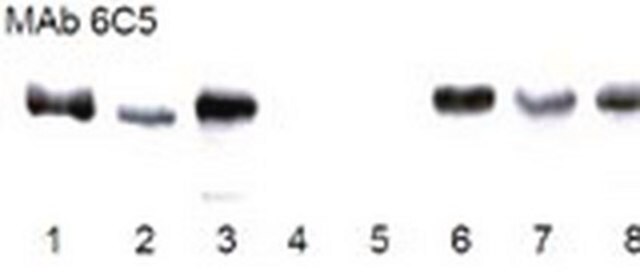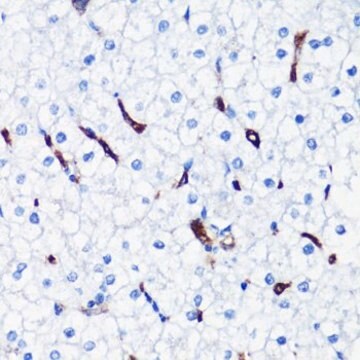MAB333
Anti-Synaptobrevin Antibody, clone SP10
ascites fluid, clone SP10, Chemicon®
Sinónimos:
VAMP
About This Item
Productos recomendados
origen biológico
mouse
Nivel de calidad
forma del anticuerpo
ascites fluid
tipo de anticuerpo
primary antibodies
clon
SP10, monoclonal
reactividad de especies
rat, hamster, salamander, pig, human
fabricante / nombre comercial
Chemicon®
técnicas
immunohistochemistry: suitable
western blot: suitable
isotipo
IgM
Nº de acceso NCBI
Nº de acceso UniProt
Condiciones de envío
wet ice
modificación del objetivo postraduccional
unmodified
Información sobre el gen
human ... VAMP1(6843)
Especificidad
Inmunógeno
Aplicación
Western blotting at 1:100-1:10,000.
Optimal working dilutions must be determined by the end user.
Neuroscience
Synapse & Synaptic Biology
Ligadura / enlace
Forma física
Almacenamiento y estabilidad
Información legal
Cláusula de descargo de responsabilidad
¿No encuentra el producto adecuado?
Pruebe nuestro Herramienta de selección de productos.
Código de clase de almacenamiento
10 - Combustible liquids
Certificados de análisis (COA)
Busque Certificados de análisis (COA) introduciendo el número de lote del producto. Los números de lote se encuentran en la etiqueta del producto después de las palabras «Lot» o «Batch»
¿Ya tiene este producto?
Encuentre la documentación para los productos que ha comprado recientemente en la Biblioteca de documentos.
Nuestro equipo de científicos tiene experiencia en todas las áreas de investigación: Ciencias de la vida, Ciencia de los materiales, Síntesis química, Cromatografía, Analítica y muchas otras.
Póngase en contacto con el Servicio técnico








